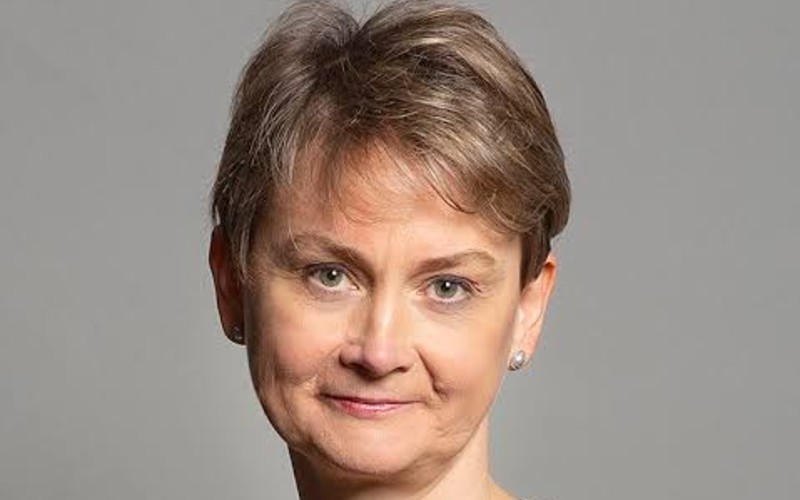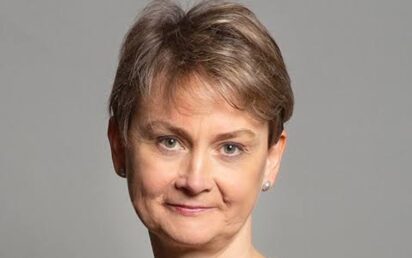The Home Office is rolling out 10 new Live Facial Recognition (LFR) vans to seven forces across the country to equip officers with targeted technology in order to catch high-harm criminals.
The new vans will operate according to strict rules, which ensure they are only deployed when there is specific intelligence.
These vehicles have been launched around the UK to enable law enforcement to target and locate wanted criminals and suspects for the most serious crimes including sex offences, violent assaults, homicide and serious and organised crime.
Forces already using LFR have used it to arrest rape, domestic abuse, knife crime and robbery suspects as well as sex offenders breaching their conditions.
The technology has also been used to maintain safety at big public events.
It comes as the government looks to invest more in tackling crime, with the Neighbourhood Policing Guarantee set to put 13,000 more officers into communities in the next four years.
Every neighbourhood across England and Wales now also has named, contactable officers in place to tackle crime-related issues.
“Neighbourhood policing has been decimated over the last 15 years, but through our Plan for Change we are turning the corner, starting with town and city centres,” said Home Secretary, Yvette Cooper.
“Within the next year, we will have 3,000 new neighbourhood officers and PCSOs in place, which is a big shift.
“We also want them to have more powers to tackle off-road bikes, shop theft, street theft and other crimes that have blighted some of our town and city centres, so everyone can feel safe in their own town.
“And we will provide police with the tools they need to do their jobs. Facial recognition will be used in a targeted way to identify sex offenders or people wanted for the most serious crimes who the police have not been able to find.”
The Metropolitan Police and South Wales have already seen success with their own live facial recognition deployments, with the Met reporting that, in 12 months, it made 580 arrests using LFR.
The nuclear option: AI & a remarkable turnaround at Rolls-Royce
This included 52 registered sex offenders arrested for breaching their conditions.
Alongside the roll out of the 10 vans, the government will simultaneously consult on how the technology should be used and what appropriate safeguards and oversight are needed to ensure transparency and public confidence.
The 10 new units will be deployed to forces in Greater Manchester, West Yorkshire, Bedfordshire, Surrey and Sussex (jointly) and Thames Valley and Hampshire (jointly).
Lindsey Chiswick, NPCC lead for facial recognition, added: “The police have a duty to prevent crime and keep the public safe. Live Facial Recognition supports effective policing, enabling officers to locate suspects quickly and accurately.
“The increased access to Live Facial Recognition vehicles to forces that previously did not have the capability is an excellent opportunity for policing.
“Each Live Facial Recognition deployment will be targeted, intelligence-led, within a set geographical location and for defined period of time, ensuring deployments are proportionate, lawful and necessary.
“Live Facial Recognition has already been used in policing to great success, locating thousands of wanted offenders, or others breaching their bail conditions.
“I am confident that the increased use of this technology will continue to support the safety of communities across the country moving forward.”


